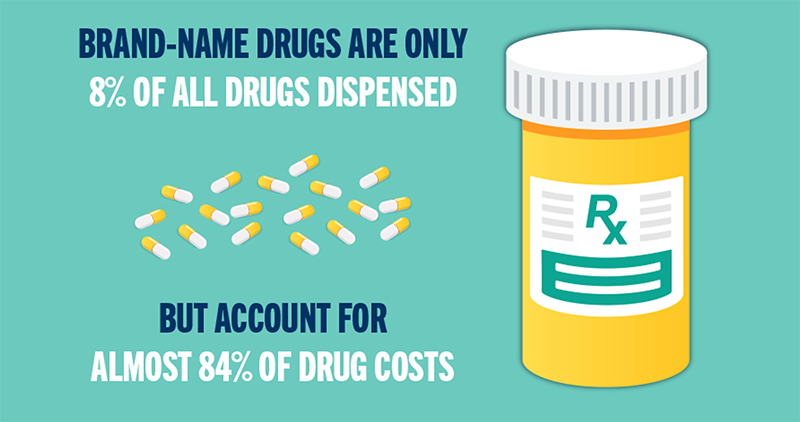Prescription Assistance Programs

Getting your prescriptions at an affordable price may be one of the challenges you face after incarceration. With or without insurance, medications can be very expensive. According to the Peter G. Peterson Foundation, U.S. prescription drug spending in 2020 was nearly triple from 20 years ago, and this spending is projected to keep increasing. This is partially due to the high cost of brand-name drugs and the lack of competition in the industry. Sometimes, there are generic alternatives available for a reasonable price, but that is not always the case. This unfortunate situation can leave individuals feeling as if they have no choice but to spend the money or not get the medication and neglect their health.
There are programs available to help you with the high cost of medication. These programs are usually run by state governments or pharmaceutical companies. Read on to learn how to save on your medications.

Patient Assistance Programs (PAP)
PAP can help people with high, brand-name medication costs. Specific requirements may vary between manufacturers, but the general requirements are to be a legal U.S. resident, fall below a certain income threshold, and either be uninsured or require a medicine that your insurance does not cover. You need to provide documentation proving your eligibility, as well as have your healthcare provider fill out a portion of the application. These programs usually have a limit on how long you can receive assistance, so it is not a permanent solution, but a good start and worth checking out. Applications for these programs can be found on pharmaceutical manufacturer’s websites. Some manufacturers with assistance programs include:
For more information on PAP, click here.
Manufacturer Copay Cards
Manufacturer copay cards, also known as copay coupons, work similar to patient assistance programs in that they are offered through pharmaceutical manufacturers. The two main requirements for these cards are you must have commercial or private insurance and cannot have government health insurance such as Medicare or Medicaid. The good thing about these cards is that they can be used in addition to your insurance coverage and will cover most or all of your copay, leaving you with significant savings. Applications for these cards can be found on manufacturer websites. Click here to start saving.
State Pharmaceutical Assistance Program
State Pharmaceutical Assistance Programs (SPAP) are in place to help individuals pay for certain medications. Eligibility and what is offered varies by state. SPAP are often limited to individuals over a certain age or those suffering from specific illnesses, such as HIV/AIDS, where maintenance medication is expensive and there are no generic alternatives available. However, each state is different, so check here to see if your state offers a program for which you may qualify.
GoodRx
GoodRx is a free online platform that helps users locate the best prices for specific medication in the area. The cost of medication can vary between pharmacies, so this is a great tool to ensure you are paying the lowest price possible. Simply search for your needed medication, and this online database will display the cost at all nearby pharmacies and other ways to save, including generic medication information, manufacturer coupons, and available PAPs. GoodRx is a great resource that shows you all available options in one convenient spot. Be sure to download the mobile app for even more savings.
Amazon Rx Pass
With the Rx Pass subscription program, Prime members can get their eligible generic medications for just $5 a month and have them delivered free to their door. A Prime membership costs $14.99 a month, and each Prime member and another adult in their Amazon Household can have access to their own unique digital Amazon Prime Rx card. Consider asking your friends or family members if you can use their Prime account to access the Rx Pass.
Those covered by Medicare or Medicaid are not able to use this service, and only certain medications are included. This service does not include brand-name prescriptions, but if you are able to use a generic brand for your condition, then this might be a good opportunity to save money. Look at the list of included medications before deciding if this program is right for you.
A healthy mind and body should be everyone’s top priority. Having your health needs met can make it easier for you to focus on other priorities.


